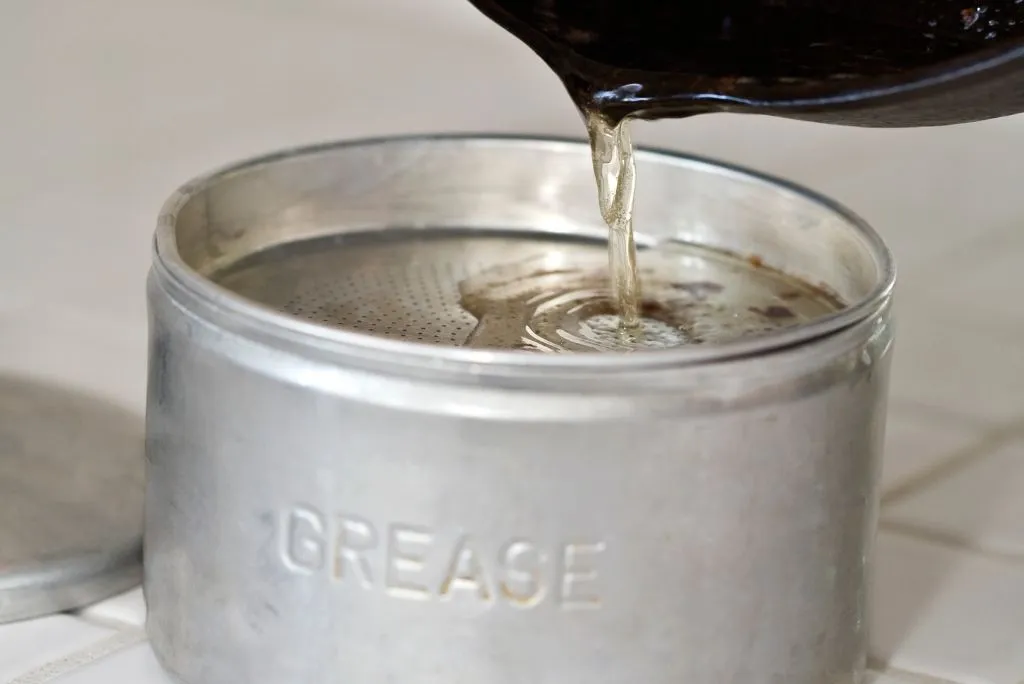How to Select the Best High Temp Grease

High-temperature grease has many uses for your car or high-pressure machinery. It offers superior protection against extreme heat, rust, and water compared to standard operators.
These facilities play a crucial role in the global expansion of the market. Modern high-temperature applications, car bearings, and other mechanical gear require special high temp greases and oils.
A Quick Reference for Selecting High Temperature Grease
When choosing a high-temperature grease for grease-lubricated machinery operating at high temperatures, there are several factors to consider.
The selection of greases that can function in extremely high temperatures is one of the more complex lubrication engineering decisions due to the wide range of issues that must be addressed.
- Find out what the acceptable temperature range is.
What appears to be the operating temperature may be on the low side. To determine the grease’s operating temperature, a contact or noncontact sensor must be used.
- Do you have periodic or ongoing grease needs?
Look for a premium product that satisfies the operational requirements if the use is continuous, as it will hold up better under those conditions.
- Keeping the moisture
Does the machinery go through operating and nonoperating cycles, including heating and cooling? If so, you should consider how the moisture accumulation might impact the grease you plan to use.
- When would be a good time to lubricate again?
The use cost can be reduced by choosing a premium product, even though it is more expensive if relubrication is difficult.
- Consider the appearance and address any aesthetic flaws you may have.
Exists the possibility of dripping onto a working component? There should be a balance between excessive relubrication and product contamination risk.
The Definition of Grease
Grease, for the uninitiated, consists of a thickener added to base oil, with some additional additives thrown in to bolster the grease’s essential properties. A good analogy is a sponge, with the thickener playing the role of the spongy material that keeps the base oil from separating.
Various Oils Used as a Foundation
When selecting lubricants for use in oil-lubricated applications, the first thing that is typically considered is the base oil’s performance characteristics. In addition, this serves as a sturdy base upon which one can construct grease-related products. A difference between mineral base oils and synthetic base oils must be considered.
Thickeners
Soaps, complex soaps, lithium, aluminum, or calcium sulfate complex, and other inorganic materials like clay or fumed silica may be used as grease thickeners. Long-term grease performance is a function of many factors, not just the thickening system or the base oil used.
Additives
Adding additives to grease can improve its oxidation stability, corrosion resistance, wear resistance, low-temperature flow characteristics, water resistance, and other properties in a manner analogous to lubricating oils.
The additive needs to interact with the thickener and the oil to create a stable, well-balanced blend of the three separate substances.
